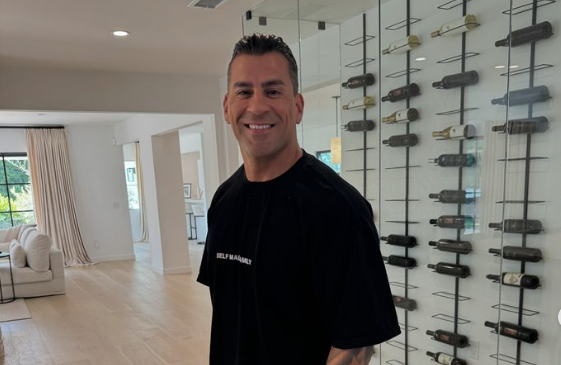Western wildlands beset with increasingly severe fire seasons, including in California, would do well to follow the example of the nation's Southeast and increase use of preventive prescribed burns, according to a newly published study.
Prescribed, or controlled burns, consume brush and other combustibles to reduce the fuel available to a random fire that might occur during more adverse heat and wind conditions, and thereby, reduce the chance of it taking off.
"We're Not Doing Enough Prescribed Burns in the Western United States to Mitigate Wildfire Risk," is the title of the study, authored by Crystal Kolden, PhD, Associate Professor of Fire Sciences at the University of Idaho.
"The question isn't, 'Is it feasible?'" said Kolden. "The question is, 'What happens if we don't?'"
The study found that with increasing use of prescribed burns in the Southeast, that region has largely avoided the rise in monstrous wildfires that have increasingly besieged the West, consuming hundreds of thousands of acres.
The windblown Camp Fire last November claimed at least 85 lives as it sped from forest into the Sierra Nevada foothill community of Paradise.
Prescribed burning in the West dates back generations, but in the past two decades its use by many agencies has lessened, or at most stayed level, according to data collected and organized by Kolden into spreadsheets. Budget constraints, environmental impact concerns, and fear of the risk of a burn going out of control are among the factors she sees.
News
Top news of the day
"All those things can be overcome if everyone agrees that the most important thing is to really reduce and mitigate the risk of catastrophic wildfires," Kolden said during an interview Wednesday in San Diego.
Last fall, President Trump blamed California's massive fire disasters on forest mismanagement by the state, though much of the forest and other wildland in California is owned and managed by the federal government.
Two months ago, California Governor Gavin Newsom declared a state of emergency stemming from wildfires, and waived environmental review requirements to hasten 35 high priority projects to lessen fire risk in areas deemed especially at risk.
Officials at multiple county fire departments in California speak of the challenges of getting through a maze of reports, reviews, permits and approvals required to proceed with a prescribed burn.
"I think the last one I did it took about 16 or17 months," said Capt. Ken VanWig, Vegetation Management Program Manager for the Ventura County Fire Department. It continues to conduct wildfire training on private land, but has not done a prescribed burn to reduce fuel loads in two years, VanWig said. Late in 2017, he had finished the permitting process for four areas, but regrettably, the Thomas Fire got to them first.
Los Angeles County fire had scheduled for this fall a prescribed burn on 400 acres in Malibu near Big Rock, an area that did not burn during last year's Woolsey Fire. Despite support from Malibu City Hall, the plan ran into opposition and has been put on hold. It may be altered to call for fuel reduction by cutting and removing, which is more labor intensive and time consuming.
Final approval is still being sought for a prescribed burn in Tonner Canyon near Diamond Bar, according to Ron Durbin, LA County Fire's acting Asst. Chief Forester. By his recollection, it has been 11 years since the department last did a prescribed burn.
The Orange County Fire Authority has no prescribed burns planned within its jurisdiction, but does work with the Cleveland National Forest on controlled burns within the federal land.
Prescribed burns continue to be a small part of the vegetation management practices of the Angeles National Forest, accounting for 264 of the 2,671 acres treated so far this year, according to Information Officer Nathan Judy.
Prof. Kolden believes funding approved in Congress last year could enable prescribed burning to increase in the western national forests--but only if emergency demand for fire fighting stops taking so much from funds budgeted for prevention.



